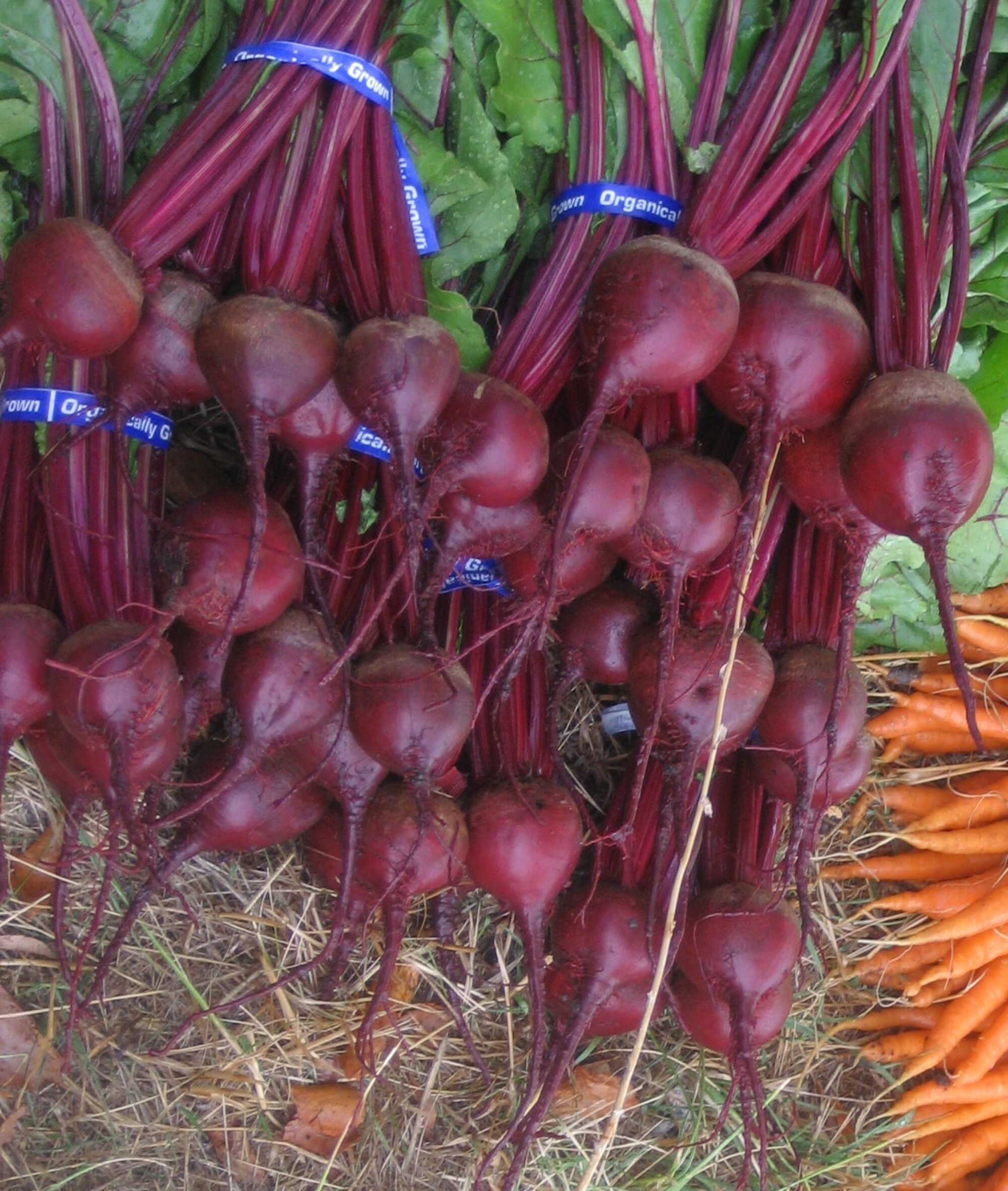With St. Patty’s Day fast approaching, corned beef has started to make its appearance in the grocery store. It’s an interesting piece of meat, that a lot of people love to eat but many have no idea of really what it is, or how to make it themselves.
Corned beef is pickled brisket and it harkens back to the days before refrigeration where a popular way of preserving meat was to pack it in salt or pickle it. At one time, corn referred to the number of kernels or seeds including the coarse salt granules packed around the brisket. So, the meat was called corned beef in reference to the corns of salt. If you can brine a turkey for Thanksgiving then you most certainly can pickle a brisket for St. Patricks Day.
Most recipes call for pink salt which is a salt and sodium nitrate mixture. This preserves the pink color of the meat. I personally do not eat food with added nitrates or nitrites, so substituting some celery juice which has naturally occurring nitrates in it, is my choice.
The following recipe is very vague on purpose. If you are going to make your owned corned beef then you should also make your own pickling spice, so while i will provide suggestions on which spices to use, i will let you decide the amounts so that you can really own this corned beef! Don’t stress about this step, whatever spices and in whatever amounts you chose, will be fine. Just have fun in the kitchen and enjoy the results. You should start this in the next day or two if you want it to be ready for St. Patrick’s Day. Let me know how it turns out.


- 5 cups HOT filtered water
- 3 cups Guinness Beer or just add extra water if you want to omit the beer
- 2 cups juiced celery
- 1 3/4 cups kosher salt (chose the biggest and chunkiest salt you can find)
- 1 cup packed brown sugar
- 1/3 cup pickling spice ( see note below)
- 1 beef brisket, grass fed and about 6- 8 lbs
- In a large, deep roasting pan, or a sterilized cooler if you don't have a roasting pan, pour water, beer, and celery juice.
- Mix in kosher salt and sugar until dissolved.
- Add pickling spice.
- Pierce the brisket all over with a sharp knife so it can soak up the brine.
- Add the brisket to the brine and place a heavy platter on top to weigh it down. Cover and refrigerate 3 days. Check at least once a day to make sure brisket is remaining submerged.
- Remove brisket from brine.
- Stir liquid to blend.
- Flip brisket and return to brine, weight with platter and cover. Refrigerate for an additional 3 days.
- After 6-8 days in the brine, remove the brisket and rinse with cold running water.
- Wrap with plastic, then foil and refrigerate. Can be removed from brine and stored for up to 2 days ahead.
- The basics for a pickling mix are: mustard seeds, whole allspice, whole coriander, whole cloves, bay leaves, red pepper flakes, dill seeds, juniper berries, fennel seeds, mace, black peppercorns and a couple of cinnamon sticks. Chose whatever combination of the above spices and mix them all together. Store in an airtight container for making pickles, or your next corned beef!

